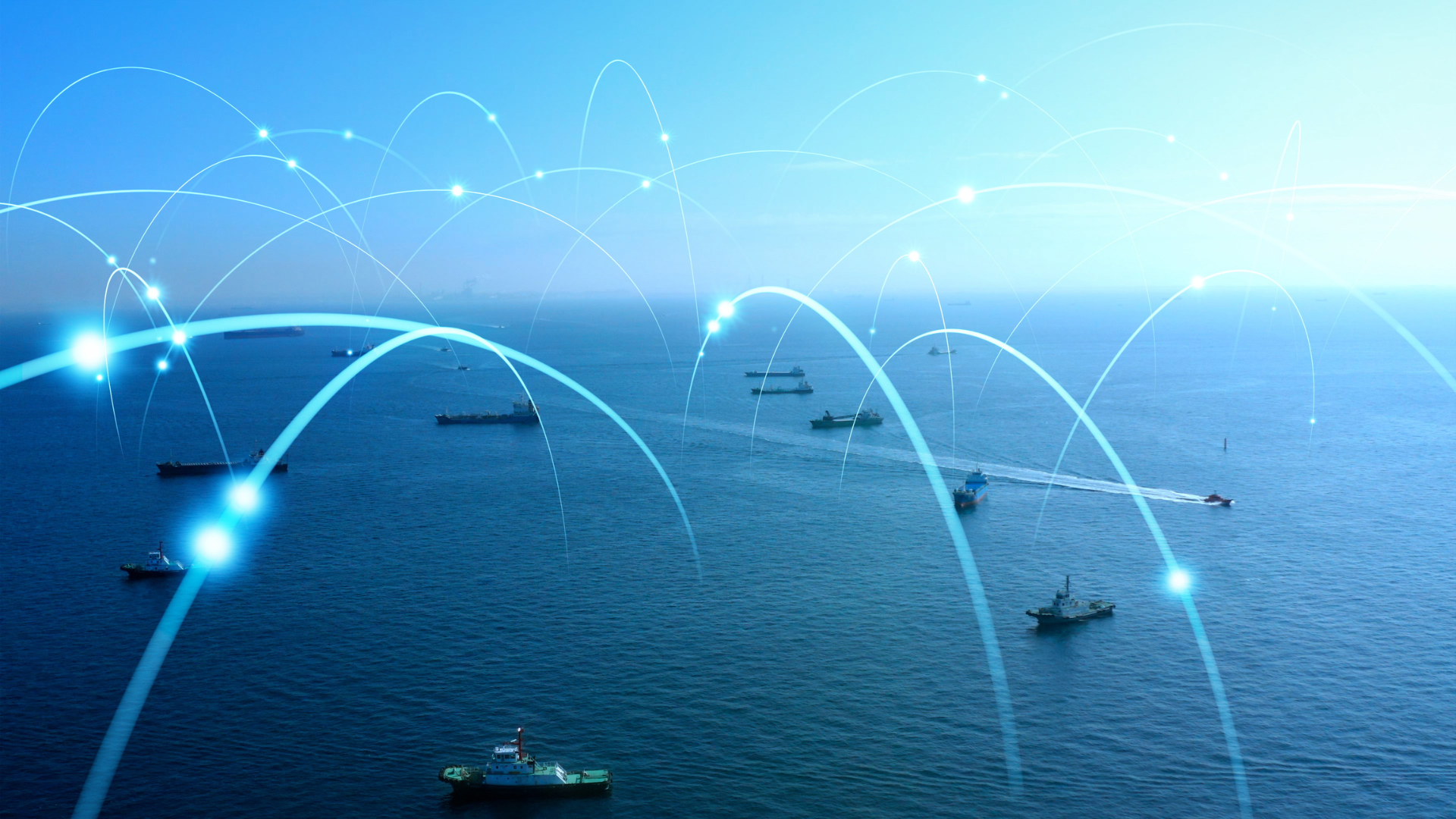A Brief Summary of AIS System
An AIS (Automatic Identification System) system is an essential technology used in vessels to improve navigation safety and enhance situational awareness. It is an automated tracking system that uses VHF (Very High Frequency) radio signals to transmit and receive information between ships and shore stations. This system provides a range of important information, such as vessel identity, location, speed, course, and other navigational data, to ensure that vessels can operate safely and efficiently.
The primary purpose of an AIS system is to help vessels avoid collisions by providing real-time information about other ships in their vicinity. This system allows vessels to track the movements of other ships and predict their future positions, helping them to avoid any potential collisions. The AIS system also provides vessel traffic services with a comprehensive overview of the traffic situation, enabling them to take appropriate actions to manage traffic and ensure safe passage.
The AIS system operates on two frequencies, VHF channel 87B (161.975 MHz) for ship-to-ship communication, and VHF channel 88B (162.025 MHz) for ship-to-shore communication. The AIS transceiver on the vessel continuously transmits information about the vessel, such as its identity, position, and speed. This information is then received by other vessels and shore stations equipped with AIS receivers, allowing them to monitor the movements of the vessel in real-time.
The AIS system also enables vessels to receive information about other ships in their vicinity, such as their identity, position, and course. This information is displayed on the vessel's AIS receiver, allowing the crew to monitor the movements of other ships and take appropriate action to avoid any potential collisions. The AIS system also allows vessels to exchange messages with other ships, such as navigational warnings and requests for information.
In addition to improving navigation safety, the AIS system also provides other benefits to vessel operators. For example, the system allows vessels to monitor their own movements, enabling them to optimize their speed and course to reduce fuel consumption and emissions. The AIS system also provides vessel operators with a comprehensive overview of the traffic situation, enabling them to make informed decisions about route planning and scheduling. Informations regarding to voyage such as ETA, destination ports etc. must be inserted in the system by its user manually. However, such manually inserted informations by user may cause deception for the interested parties of the vessel.
The International Maritime Organization (IMO) requires all vessels over 300 gross tons and upwards engaged on international voyages, Cargo ships of 500 gross tonnage and upwards not engaged on international voyages and all passenger vessels to be equipped with an AIS system since 31 December 2004. The system must be operational at all times and must be integrated into the vessel's navigational equipment. The AIS system must also comply with the IMO's technical standards, ensuring that it operates effectively and reliably.
In conclusion, the AIS system is an essential technology that plays a crucial role in enhancing navigation safety and situational awareness in vessels. The system provides real-time information about vessel movements, enabling vessel operators to avoid collisions and optimize their movements to reduce fuel consumption and emissions. The AIS system is mandatory for all large vessels and passenger vessels, and it must comply with the IMO's technical standards to ensure its effectiveness and reliability.
We remain at your disposal for any queries or remarks you may have for the subject matter.

Selçuk Esenyel
Managing Partner

Ali Nihad Özgürel
Lawyer

Türker Yıldırım
Partner







